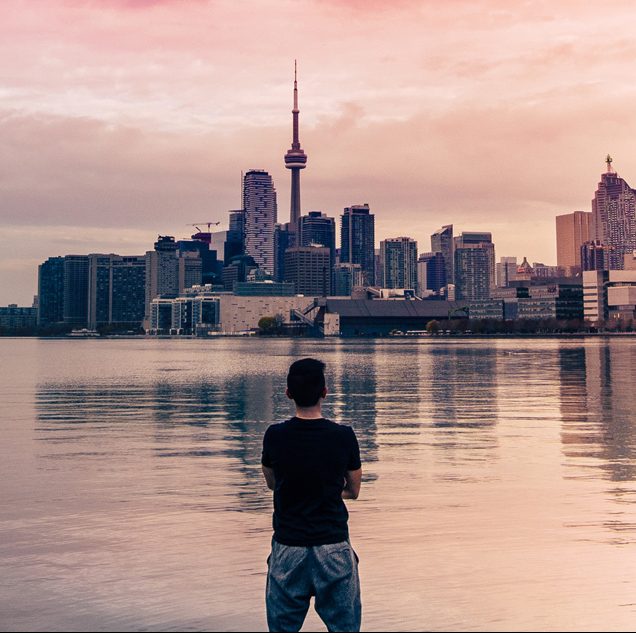Cities
The Earth is urbanized

Most of the world’s population lives in cities, and it is a number that increases day by day and creates urgent logistical needs.
The percentage of the population residing in cities around the world is already more than 50% of the total; by 2050, it will be approximately 70%. The Earth is urbanized.
If this rate persists, by 2100, 85% of the 9 billion people who will then populate the planet will live in cities, a limit proportion, according to the OCDE: fewer inhabitants in rural areas would not be able to produce enough food for urbanites.
“Every week about three million new people join cities around the world,” says Anita Roth, head of policy research at Airbnb. “That poses big logistical challenges. You don’t always build what you need and where you need it. 75% of the infrastructure we will need in 2050 has not been built yet,” he adds.
Natalia de Estevan-Úbeda, independent consultant, advisor to the European Commission on R&D&I linked to transport and former head of Innovation and Transport at London City Council, also considers that the challenge faced by cities is great. “It takes a great deal of time and effort to modify cities. That is why it is necessary to plan the route very well. We must always ask ourselves if the model we are going towards is the right one,” he says.
How to absorb all this new population? Cities can only grow in two ways: horizontally and vertically. The large Chinese cities and the countries of the Persian Gulf are the ones that have built the most skyscrapers in recent years. According to a study published in the MIT Technology Review, about 41,000 are expected to be built by 2050, which will be 50% higher than those we know today. Urbanization and the projection of new housing for the population that joins the cities will undoubtedly be one of the great challenges of the future of the populations.







